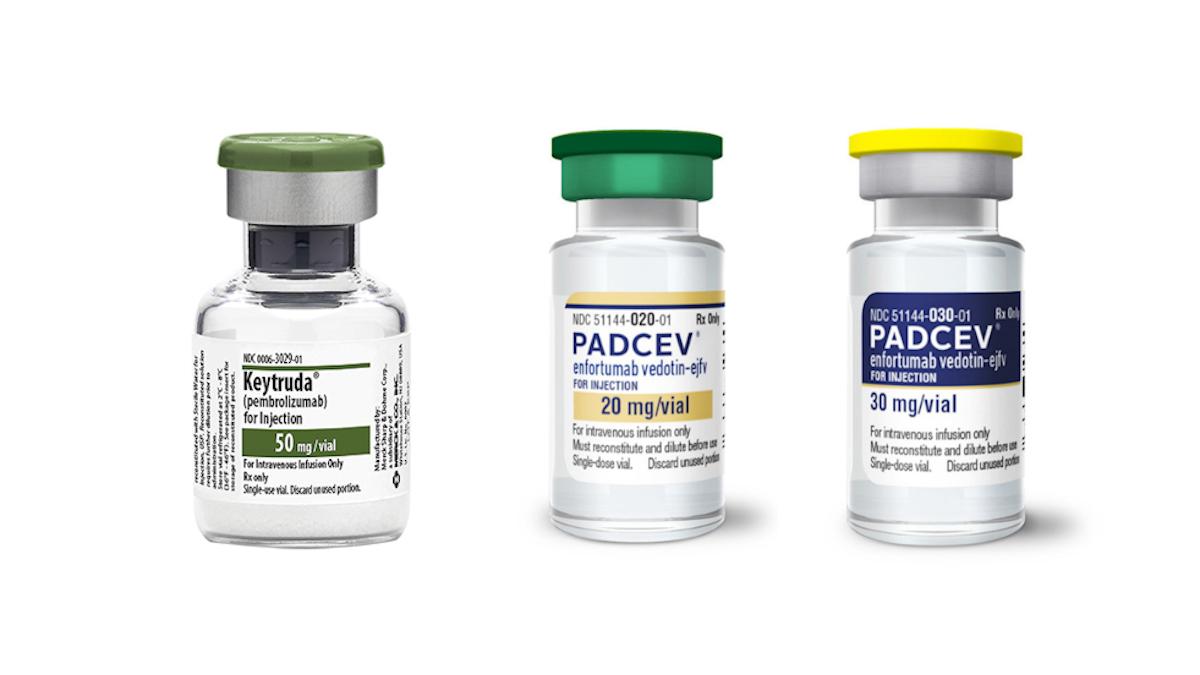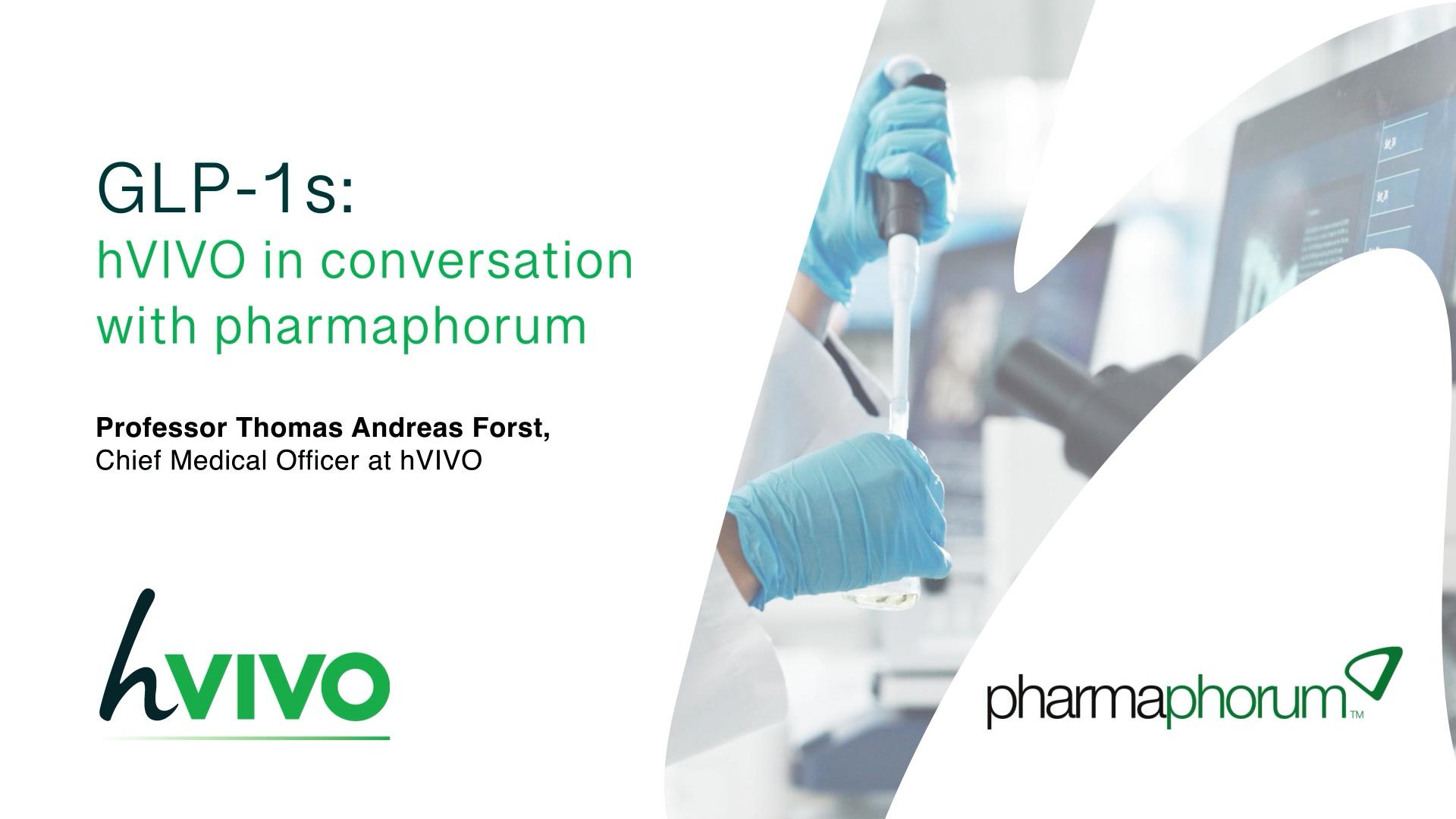Pharma experiences side effects from the internet

In the first part of a three article series on how pharma can manage online adverse event reporting, Paul Tunnah speaks with IMS Health's Siva Nadarajah on the current regulatory environment, with expert input from law firm Ropes & Gray's life sciences partner Joy Liu.
Social media may be the digital revolution causing pharma executives to have sleepless nights about online adverse events, the technical term for drug side effects, but the phenomenon actually predates the Facebook generation by some time. "Adverse events have been reported by people on the internet ever since there were chat rooms or an ability to post online", says Joy Liu, suggesting the issue first reared its head in the early 1990s.
So how big a problem is it for pharma? Initially, the regulatory risk from direct two-way online dialogue was clear - "there was recognition that if pharma companies let people leave comments on one of their pages they may report adverse events, leading to obligations from the company to act", elaborates Liu, resulting in early online pharma activities being mostly didactic one-way communication.
"Social media may be the digital revolution causing pharma executives to have sleepless nights about online adverse events"
As the digital space has developed, pharma has gradually ventured further into online dialogue, with forums and Facebook pages offering an opportunity to build connectivity with prescribers and patients. In 2011, Facebook pushed the industry even further, by removing the ability for companies to turn off comments on their pages, leading to several retrenching from the channel completely - and yet to return.
But as the pace of industry social engagement has intensified, the regulators have struggled to keep up, even in the social media savvy US.
Online side effects everywhere but no specific regulations in sight
Recognising that the industry faced a number of challenges around taking a responsible and compliant approach towards tracking online adverse events, Siva Nadarajah started working with pharma several years ago to identify some solutions to two main challenges. Firstly, the high volume of comments from online channels potentially makes screening and tracking of adverse events difficult. Secondly, adverse events from such unstructured data are not always obvious, with Nadarajah highlighting that "identifiability of these adverse events and a lack of clarity on those cases where you cannot identify the patient" can cause problems.
It is something that the regulators are grappling with too. Whilst the easy answer might be to simply apply existing adverse event reporting guidelines to online activities, in practice this is ambiguous. For example, guidelines from the US regulators state that four criteria must be met for a reportable adverse event: 1
1. an identifiable patient
2. an identifiable reporter
3. a suspect drug or biological product
4. an adverse experience or fatal outcome suspected to be due to the suspect drug or biological product
In reality, only some of these criteria may be met with online comments. For example, an anonymous forum poster would not fulfil criteria number (1) or (2), even with a clearly reported side effect and drug. Some companies take a proactive stance and actively seek the missing information, but data protection can be an issue here. "If a patient has purposefully commented from a closed profile we have to careful not to infringe privacy", says Nadarajah. As a result, Liu notes that pharma companies prefer to manage these issues offline and "would much rather have someone call the hotline so that the person answering the phone can ask them all of the relevant questions".
"In the absence of specific and clear guidance pharma has had to learn best practice the hard way – by trial and error"
Specific case studies shape the approach for pharma
Further clarity from the regulators has been promised, and promised, and promised, with each new deadline being pushed back with alarming regularity, to a point where it has almost become a running joke with some industry commentators. However, the recently enacted Food and Drug Administration Safety and Innovation Act (FDASIA), in the US, includes "a provision in that act which says that FDA has to give guidance to industry about social media issues by next year, 2014", remarks Liu, before adding that "I hope they recognise that this is one of the issues that is concerning to industry and address it". So the ambiguity on what is forthcoming remains, but any official guidance from the US would certainly incentivize other regulatory bodies around the world to develop their own.
In the absence of specific and clear guidance covering post-marketing surveillance activities specifically relating to the online space, pharma has had to learn best practice the hard way – by trial and error. A good example of this was illustrated by the the Sanofi-Aventis VOICES Facebook page, which was used by disgruntled patient to post about side effects she experienced after taking one of its cancer drugs, Taxotere. After a sustained commenting campaign led by the patient and involving numerous other patients, the company had to close the page.2
At the time, the problem arose for Sanofi-Aventis due to lack of a clear policy around responding to adverse events reported via comments. As a result, the current Sanofi Facebook page has clear 'Rules of Engagement' for users, which specify appropriate channels for adverse event reporting, no doubt reinforced by robust behind-the-scenes process.
The way forward for the regulatory landscape
By the time formal guidance arrives, it may well be that experiences like Sanofi's have helped pharma companies develop the right approach for managing their web presence, especially where user comments are involved. But could the regulators go even further and demand pharma monitor popular third-party online sites for drug side effects?
"Could the regulators go even further and demand pharma monitor popular third-party online sites?"
"I think everybody is assuming that the answer is no, but it would be helpful to have it spelled out", states Liu, going on to remark that "there will be a strong negative reaction from industry that would make that outcome unlikely". After all, regulators and lawyers like to have clearly defined boundaries for legislation and regulations. If monitoring third-party sites was on the table, it would be hard to see how those boundaries could be set.
In the meantime, Nadarajah believes there is value in companies taking a more proactive approach to social media listening with regards to drug side effects beyond its own assets, particularly with regards to the big social channels. In the long run, it could help provide early warning of new adverse events, or other clinical information, that directs product development and avoids downstream litigation. Drawing parallels with the recent brake issues carmaker Toyota experienced, Nadarajah points out that "if Toyota had listened to social media they might have caught these brake issues much earlier".
So perhaps the future of adverse event monitoring will be driven as much by savvy companies seeing the long-term benefits as it is by the regulators laying down the law.
References:
1. Guidance for Industry: Postmarketing Safety Reporting for Human Drug and Biological Products Including Vaccines (Draft Guidance), FDA, March 2001.
2. Disgruntled Patient Shuts Down sanofi-aventis Facebook Page, Pharma Marketing Blog, March 2010.
The next part of the series, exploring best practice for online adverse event monitoring, can be viewed here.
About the interviewees:
Siva Nadarajah is Director, Social Media Offerings at IMS Health and joined the organisation through the acquisition of Semantelli, which he co-founded and grew to be an industry recognized leader in social analytics for pharma. Currently he is director of social media offerings at IMS Health.
Prior to founding Semantelli, Siva was responsible for global CRM and compliance solutions with Cegedim. Siva is a voting member of the Wikimedia Foundation and has spoken worldwide about adverse events management in social media and the impact of Wikipedia in healthcare. He was recognized for uncovering two major security holes in Microsoft Hotmail in the early days of the Internet, which forever changed the security design of internet based email systems.
Joy Liu is a Washington-based life sciences partner with Ropes & Gray. She represents pharmaceutical, biotechnology, and medical device companies on a broad range of FDA regulatory issues.
For more information about IMS Health's Social Media Offerings please visit:
www.semantelli.com
When will pharma get specific social media regulations?











